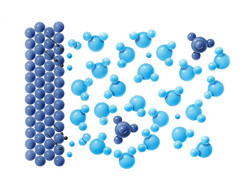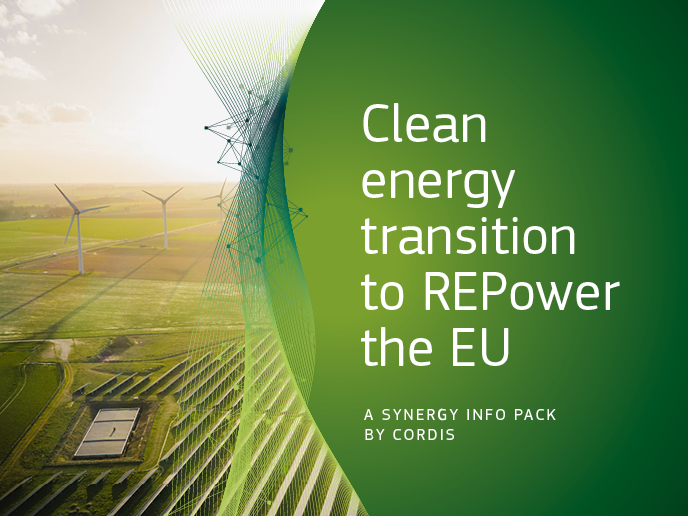New models to describe how chemicals in solution respond to electric currents
Electrified chemical solutions are used in technical applications all over the modern world, from energy production and storage to a wide range of industrial processes. Chemicals in solution, however, behave unpredictably when exposed to an electric current, making their behaviour very difficult to model. Addressing this challenge would allow scientists to develop new electrochemical processes more easily, as the models would be more accurate. Hence, the EU-funded COTRAPHEN (Coupled ion- and volume-transfer phenomena in heterogeneous systems: Modeling, experiment and applications in clean energy, micro-analysis and water treatment) initiative set out to create a number of experiments that could provide data for new models of these systems. COTRAPHEN brought together mathematicians, chemists and physicists to address these problems in a multidisciplinary way. These researchers created experiments that would provide data for specific models, and worked on better ways to model systems where experiments were not possible. The types of systems that COTRAPHEN worked on include current-less electrophoretic deposition, arbitrary mixed electrolyte solutions, membrane-electrode assemblies in fuel cells and ion-exchange membranes. Researchers created experimental systems for pulsed-current electrodialysis, limiting currents at nanoscopic interfaces, and electrophoretic deposition in high-temperature polymer-electrolyte membrane fuel cells. They created or improved on models of electrophoretic deposition, over-limiting current transfer during electrodialysis, and electro-convection due to undulated membrane surfaces. The findings of this project will be useful to researchers working on clean energy sources, water treatment, and other environmental and industrial technologies.







